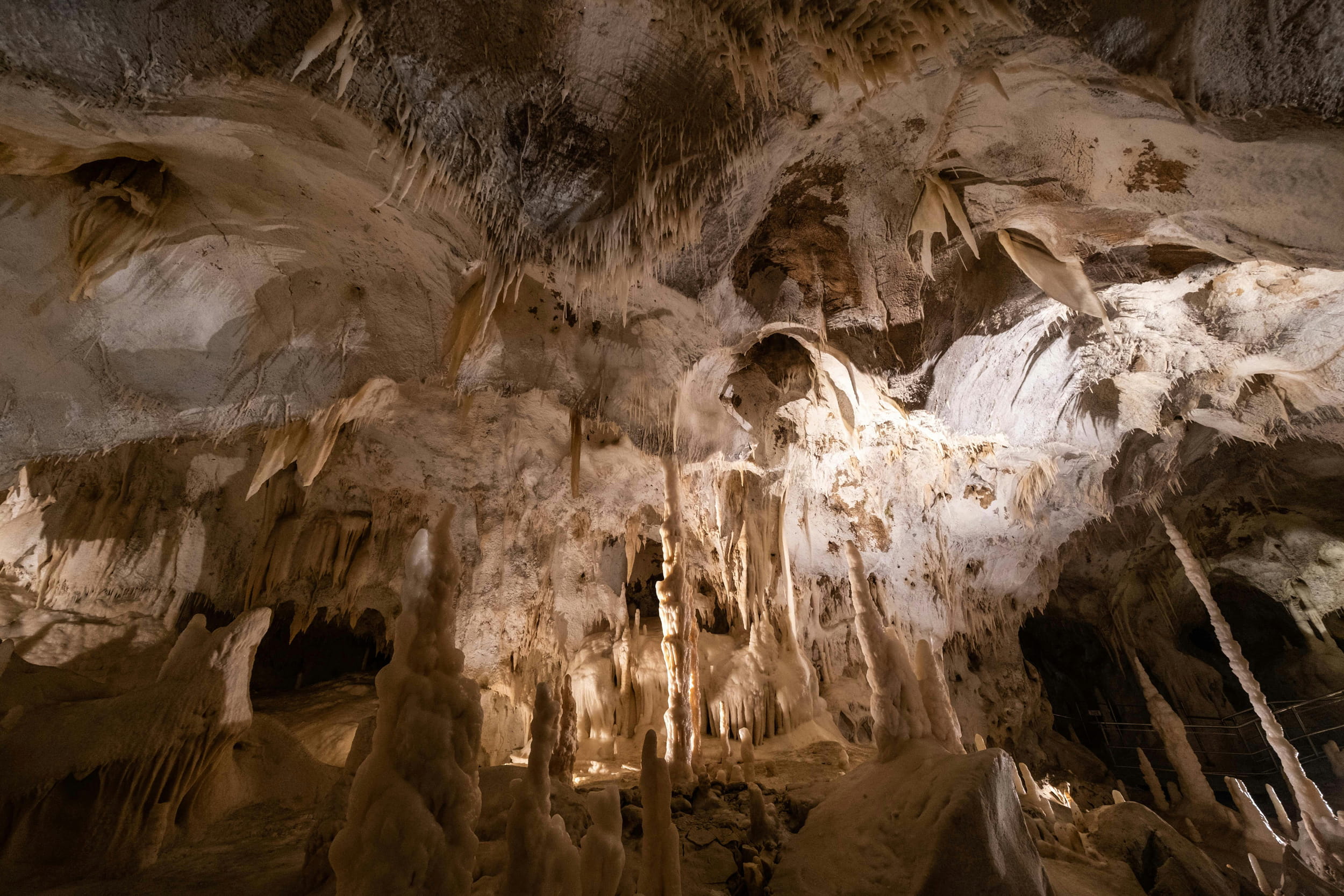

Earth Observations for Global Typical Karst
Challenge
Karst is a unique type of landscape formed by the dissolution of soluble rocks, such as limestone, dolomite, and gypsum, creating distinctive features like caves, sinkholes, and underground rivers. These landscapes cover approximately 22 million km² worldwide and are home to around 16.5% of the global population. Additionally, nearly 25% of the world’s population depends on karst water sources.
Karst environments are characterized by stunning landscapes and abundant, yet unstable, water resources due to their interconnected dual-layer hydrogeological structure. The presence of soluble rocks and complex underground drainage systems makes them particularly vulnerable to human activities, as surface impacts can easily extend underground. Establishing thresholds for human activities to mitigate negative effects is an urgent priority, yet no dedicated research has been conducted on this issue.
Solution
Intended Socioeconomic and Environmental Impact
Objectives for 2025–2030
- Facilitate effective data sharing on karst resources and the environment by establishing an observation network in key karst areas.
- Develop comprehensive models to assess the sustainability of karst areas under the influence of human activities, particularly in relation to water, land, and landscape resources, providing valuable references for policymaking.
- Create an intelligent system that enables users to assess the status of resources and the environment in key karst areas, implement early interventions for potential hazards, share relevant data, and support policymaking efforts.
- Promote outreach and capacity-building by facilitating the use of project outputs through training programs, educational initiatives, internships, workshops, and other related activities.
How We Work
The core team consists of four working groups, with scientists from various countries contributing. These groups provide relevant existing data, establish in situ monitoring stations for data sharing, develop sustainable models, and conduct outreach activities. Experts from around the world are invited to join as members of the Advisory Group.
Within the initiative, the Leader Group primarily consists of the leaders of the working groups, while the Coordination Group is composed of key contacts for the initiative. Scientists from other countries are encouraged to participate by submitting applications to the Leader Group through designated contacts.
Donors
Partners
GEO Members
GEO Participating Organizations
Non-affiliated
Points of Contact


